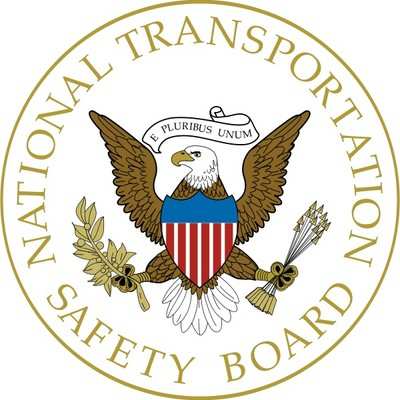The Pilot Leveled The Airplane, “…Applied Power And There Was No Thrust”
Location: Fort Mill, SC Accident Number: ERA23LA221
Date & Time: May 5, 2023, 07:45 Local Registration: N3058E
Aircraft: Aeronca 7DC-CONV Injuries: 2 None
Flight Conducted Under: Part 91: General aviation - Personal

On May 5, 2023, about 0745 eastern daylight time, an Aeronca 7DC-CONV, N3058E, was substantially damaged when it was involved in an accident in Fort Mill, South Carolina. The private pilot and pilot-rated passenger were not injured. The airplane was operated a Title 14 Code of Federal Regulations Part 91 personal flight.
The pilot was interviewed by an Federal Aviation Administration (FAA) aviation safety inspector and provided a written statement. The pilot described a “normal” preflight inspection, engine start, run-up, taxi, departure, and climb to about 2,000 ft mean sea level, where he established a heading toward his planned destination. Because of radio and airplane traffic at the destination airport, he amended his destination, and decided to descend and “follow the Catawba River.”
Once at his desired altitude, the pilot leveled the airplane, “…applied power and there was no thrust.” He adjusted the throttle, the mixture, “pulled the carb heat,” and cycled the magnetos without a change in engine speed. The engine continued to run at 1,000 rpm. The pilot originally selected an open area of fields and golf courses for the forced landing, but amended his choice to the river when he determined that the open area could not be reached.
The airplane touched down in shallow water, nosed over, and came to rest inverted. The pilot and his passenger each egressed the airplane without injury. Examination of the airplane at the site revealed damage to the wing attachment points and their associated attachment bolts. During recovery of the airplane, control continuity was established from the flight controls to all flight control surfaces.
The pilot held a private pilot certificate with a rating for airplane single-engine land. His most recent first-class FAA medical certificate was issued on July 19, 2022. The pilot reported 124 total hours of flight experience, 14 hours of which were in the accident airplane make and model.
The airplane was recovered to the operator’s facility and prepared for an engine test run. The impact-damage propeller was removed, and a borrowed propeller of the same make and model was installed. The spark plugs were removed, and water was drained from the cylinders. The plugs were dried, cleared of debris, and reinstalled. The magneto timing was confirmed, and then the magnetos were removed, dried, and reinstalled in their as-found positions. The fuel line that ran between the fuel selector valve and the firewall beneath the instrument panel was fractured due to overstress, so a fuel container was plumbed into the carburetor for the test run.
A fresh battery was installed in the airplane, and the starter was excited using battery power. The engine started with fuel plumbed through the primer port of the carburetor, idled and accelerated smoothly, and ran continuously until the engine was stopped using the mixture control in the cockpit. While the engine ran, a magneto check and a carburetor heat control check were performed satisfactorily at 1,700 rpm. The engine was then restarted with fuel supplied through the main fuel supply port, and the tests were repeated satisfactorily. The engine was then accelerated into the “green arc” before it was stopped again using the mixture control.
According to the FAA’s Carburetor Icing Probability Chart, the atmospheric conditions reported by the pilot at the point of departure were conducive to “Icing (glide and cruise power).” Atmospheric conditions reported 10 miles west of the accident site at the time of the accident were the same.
In both his interview and his written statement, the pilot stated he applied carburetor heat only after detecting the loss of engine power.
 Aero-News: Quote of the Day (10.27.25)
Aero-News: Quote of the Day (10.27.25) ANN's Daily Aero-Linx (10.27.25)
ANN's Daily Aero-Linx (10.27.25) NTSB Prelim: Lancair 320
NTSB Prelim: Lancair 320 Airborne Programming Continues Serving SportAv With 'Airborne-Affordable Flyers'
Airborne Programming Continues Serving SportAv With 'Airborne-Affordable Flyers' Airborne-Flight Training 10.23.25: PanAm Back?, Spirit Cuts, Affordable Expo
Airborne-Flight Training 10.23.25: PanAm Back?, Spirit Cuts, Affordable Expo



